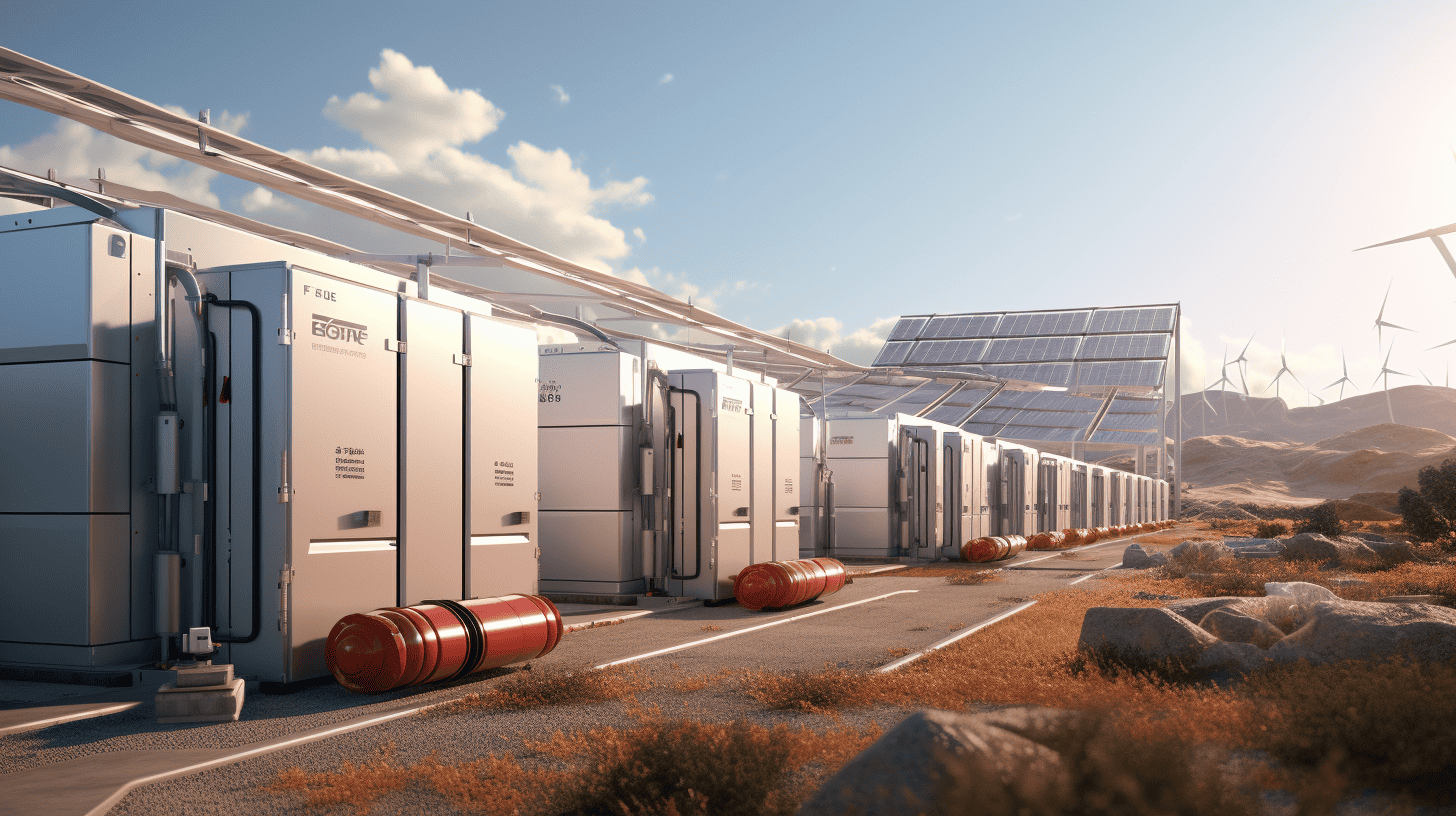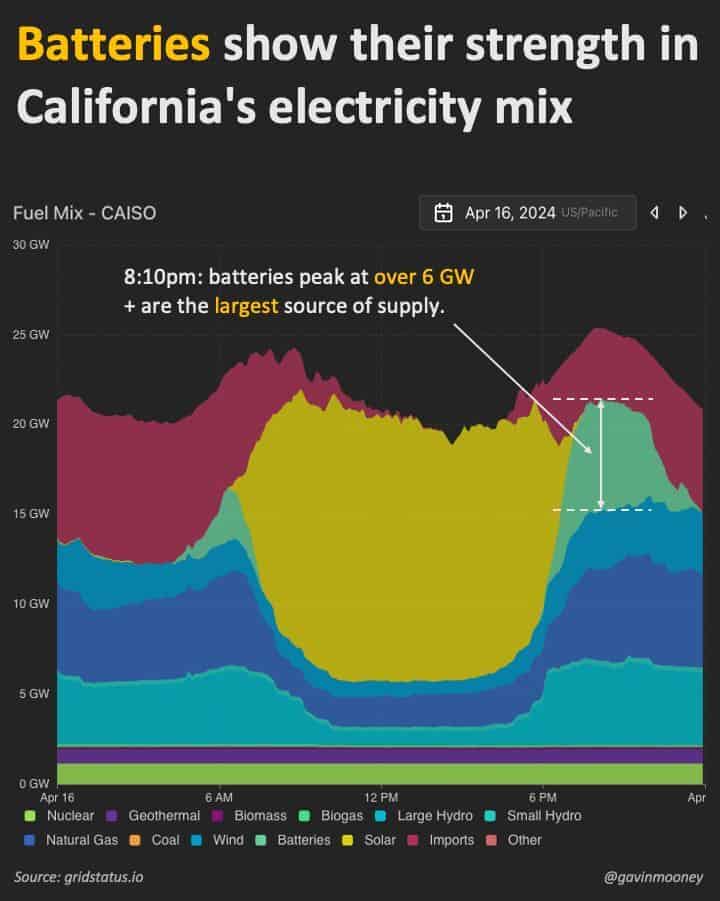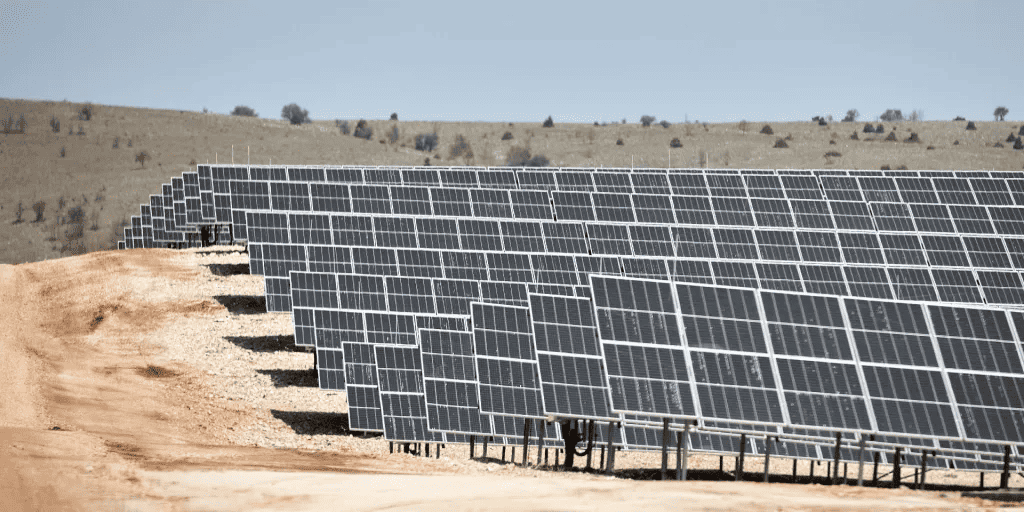
In a week when the Dutch government announced a 100 million euro investment in battery pilots at solar parks, California celebrated a landmark in battery-powered clean energy. Battery storage supports the energy mix in an ever-growing way. At one point on April 16, batteries were the most important energy source in California, a report by the Californian government shows. For the first time ever, battery storage discharge exceeded 6 GW, and batteries were the grid’s largest power source at 8:10 pm. California has built 6,600 MW of battery storage capacity, a 1020% increase since 2020.

Amidst Earth Week celebrations, California’s electric grid has set new benchmarks, including a record high 17,170 MW from solar projects. For nearly a month, clean energy has surpassed grid demand daily, showcasing a steadfast march towards a 100% clean electric grid.
California’s journey towards a sustainable future has taken a significant leap forward with its electric grid’s recent achievements. The state’s ambitious clean energy initiatives have now resulted in battery storage systems supplying unprecedented levels of electricity. This not only bolsters the reliability of the power grid but also demonstrates the potential of renewable energy sources to meet and even exceed the state’s energy requirements.
Integration of battery storage
As California’s battery storage capacity reaches a new zenith, assessing the systems’ performance during peak demand becomes crucial. Energy storage has proven to be a game-changer, especially during late afternoon and early evening hours when the solar output wanes before the wind generation picks up. The battery storage fleet, now standing at 6,600 MW, provides a critical bridge during these times, ensuring grid stability and continuity of supply.
The California Energy Commission (CEC) reports that the energy storage dashboard tracks a plethora of projects across residential, commercial, and utility-scale sectors. This dashboard allows for an in-depth look at the integration and management of these systems within the broader grid infrastructure. The surge in battery storage is a clear testament to how emerging technology can be harnessed to create an equitable, reliable, and affordable energy grid for the future.

California’s roadmap to a clean energy future
With the goal to achieve 100 percent clean energy by 2045, California has outlined a comprehensive strategic plan to reach the required 52,000 MW of energy storage capacity. This plan includes milestones, policy measures, and anticipates technological, financial, and regulatory challenges. Legislation signed by Governor Gavin Newsom aims to expedite the deployment of clean energy projects, providing a streamlined permitting option for energy storage facilities.
The state has made significant strides, with the CEC projecting that 49,000 MW of battery storage will be necessary to meet the clean energy targets set by Senate Bill 100 by 2045. California’s example demonstrates a commitment to not only setting ambitious goals but also to laying down a clear path to achieve them, ensuring a transition to a cleaner energy future. It could be an example for Europe.

Challenges and solutions
As with any pioneering endeavor, California’s clean energy journey is not without its obstacles. The projected need for a massive scale-up in energy storage capacity to meet future demand raises questions about the availability of technologies, the investment required, and the regulatory framework needed to support such growth. The state’s approach involves not only increasing capacity but also ensuring that the battery storage systems are economically viable and environmentally beneficial.
Financial incentives and policies are in place to encourage the adoption of battery storage systems. For instance, subsidies for battery pilots in solar parks, as seen in the Netherlands, indicate a growing trend of government support for energy storage solutions. California’s approach mirrors this trend, with the government actively investing in and supporting the expansion of battery storage capabilities.








